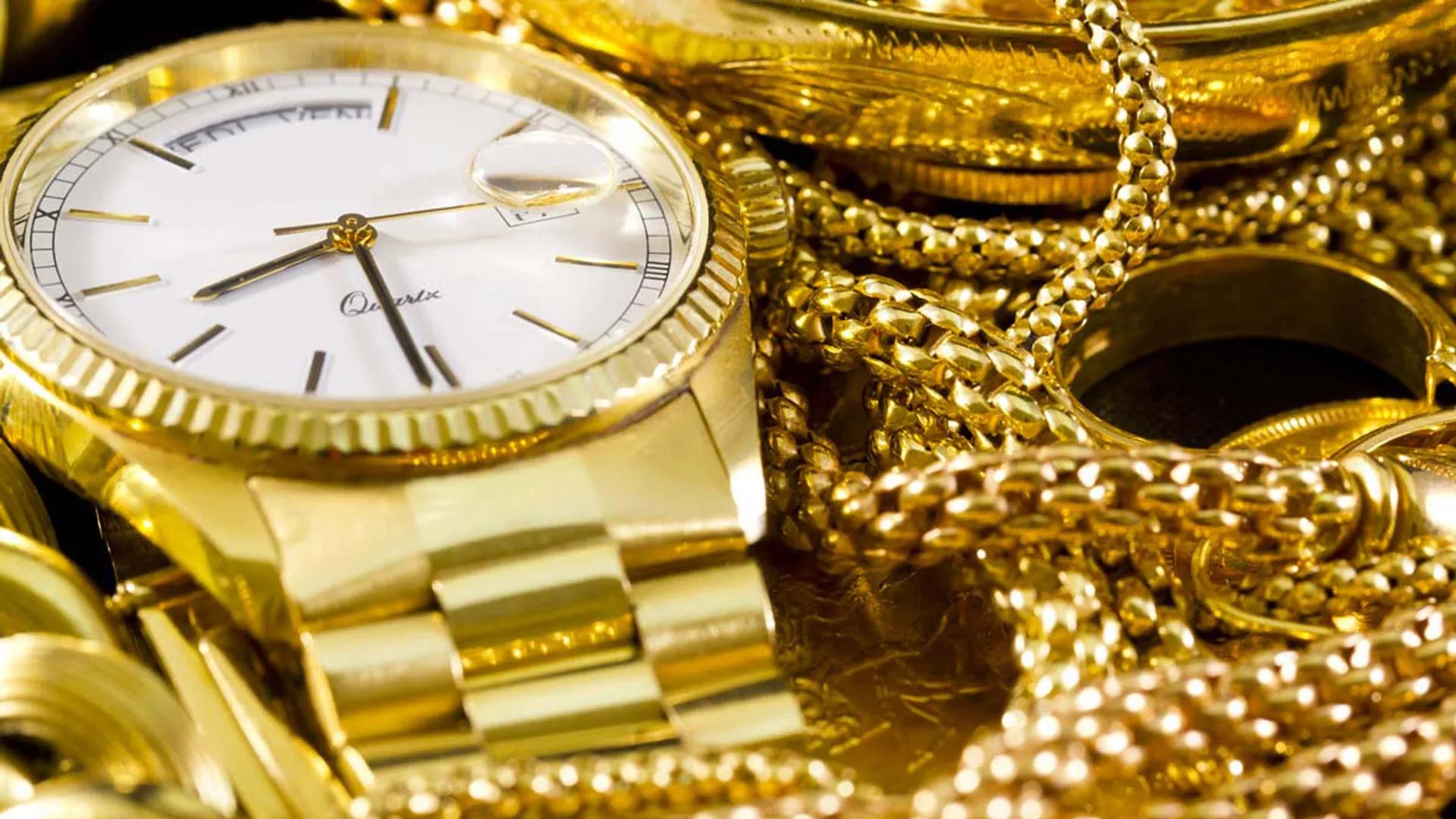But what is meant by contemporary jewel?
Contemporary jewels are created with paper, steel, aluminium, glass, nylon, PVC, plastic, with recycled materials, solid, liquid, natural or industrial materials. Just think of the works of the pioneers of Dutch goldsmithing: Emmy van Leersum (1930-1984) and her husband Gijs Bakker (1942). Since the late 1960s, they have been making ornaments out of aluminum and plastic. Their jewels are characterized by a refined minimalism and are created to adapt to the body.
The aim of these two Dutch artists is to understand the human body itself within the creative act, which is no longer just a support, but is also a significant complement to the jewel. Bakker is well known for his brooches and necklaces created by placing photographic images taken from the contemporary world between two layers of plastic laminate and embellished with luminous inserts of diamonds.
There is no limit to the creative imagination of those artists who dedicate themselves exclusively to the goldsmith sector. Proof of this is the work of the Englishman Peter Chang (1944). Since the early 1980s, the artist has recognized plastic (acrylic, resin, PVC) as his favorite material and creates ornaments that are concretions of bright colors with surreal shapes. Her brooches and bracelets are playful creations.
The preciousness of contemporary jewelry therefore no longer consists in the intrinsic value of the material used, but in the idea, in the communicative intention expressed by the artist and consequently it is no longer a tangible manifestation of social status, but of a cultural choice. The jewel is now even more of a personal communication tool for its creator.
The Swiss artist Otto Künzli (1948) reminds us of this, who established himself at the beginning of the 1980s by proposing a series of pins in rigid expanded foam, covered with wallpaper. Künzli's jewels are irreverent, irreverent, subversive towards conventional society and playful. It is no coincidence that the art critic Peter Dormer defines the Swiss artist as "the one true political jeweller" and "chic clown" .


